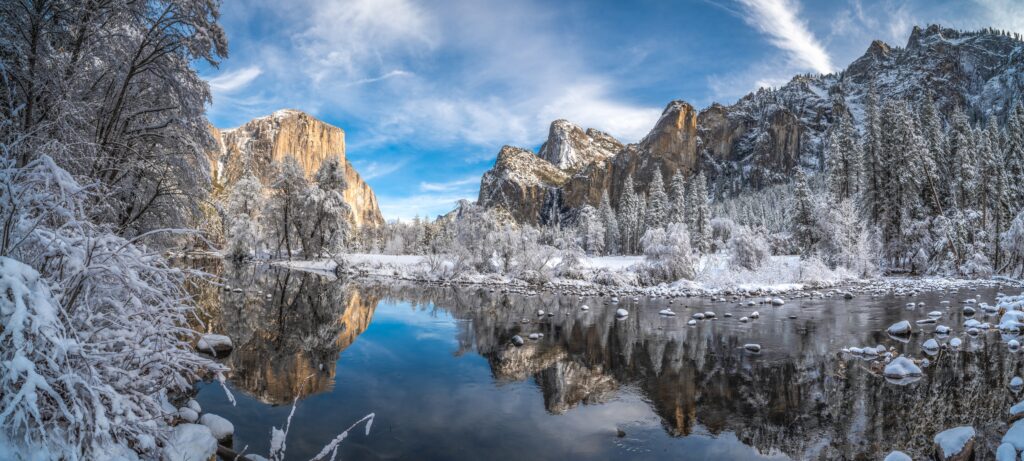Nestled in the northeastern corner of South Africa, near the borders of Zimbabwe and Botswana, lies Mapungubwe National Park, a treasure trove of natural beauty, rich history, and diverse wildlife. As the first UNESCO World Heritage Site in South Africa, Mapungubwe is a beacon of both ecological and cultural significance. This blog post aims to explore the park’s geography, history, biodiversity, and what makes it a must-visit destination for travelers and nature enthusiasts alike.
Geography and Landscape
Mapungubwe National Park spans over 28,000 hectares and is situated at the confluence of the Limpopo and Shashe rivers. The park is characterized by its striking landscapes, which include sandstone cliffs, baobab trees, and vast savannahs. The elevation varies significantly across the park, with the Mapungubwe Hill being the highest point, offering panoramic views of the surrounding terrain.The Climate
The park experiences a subtropical climate, characterized by hot summers and mild winters. The summer months (October to March) are generally hot and humid, with temperatures often exceeding 30°C (86°F). The rainy season typically occurs during this period, leading to lush vegetation and vibrant wildlife. In contrast, winters (April to September) are cooler, with temperatures dropping to around 10°C (50°F) at night. Visitors should plan their trips accordingly, considering both climate and wildlife activity.Historical Significance
Mapungubwe is not just a natural wonder; it is steeped in history. It was once the heart of a thriving kingdom that existed from around 900 AD to 1300 AD. The Kingdom of Mapungubwe was known for its wealth, trade, and sophisticated culture, making it a significant player in the region’s history.The Discovery of Mapungubwe
In the early 20th century, archaeologists discovered the remains of this ancient civilization on Mapungubwe Hill. The most notable find was the famous golden rhino, a small artifact that symbolizes the kingdom’s power and wealth. The discovery of graves, pottery, and various tools provided insight into the lives of the people who inhabited this area.Cultural Heritage
The park’s cultural heritage is preserved in its archaeological sites, which include ancient burial mounds and settlements. The community that lived here was involved in trade, not just locally but also with distant lands. They traded gold, ivory, and other goods, contributing to the kingdom’s prosperity. Understanding this history is crucial for appreciating the cultural landscape of Mapungubwe National Park.Biodiversity
Mapungubwe National Park is a biodiversity hotspot, home to a variety of ecosystems that support numerous plant and animal species. The park’s unique geology and climate contribute to its ecological richness, making it an important area for conservation.Flora
The park’s vegetation is primarily comprised of savannah, acacia woodlands, and riverine forests. The landscape is dotted with iconic baobab trees, known for their enormous trunks and longevity. These trees are not just a visual delight; they play a crucial role in the ecosystem, providing food and shelter for various species.Fauna
The wildlife in Mapungubwe National Park is diverse and plentiful. The park is home to the “Big Five”—lion, leopard, elephant, buffalo, and rhinoceros—as well as a variety of other mammals, birds, and reptiles. Some notable species include:- Elephants: These gentle giants are often spotted near the rivers and waterholes, especially during the dry season when they seek out water sources.
- Leopards: These elusive predators are primarily nocturnal, making them a challenging but rewarding sight for lucky visitors.
- Birdlife: The park boasts over 400 bird species, making it a birdwatcher’s paradise. Species like the African fish eagle, lilac-breasted roller, and various hornbills are commonly sighted.
